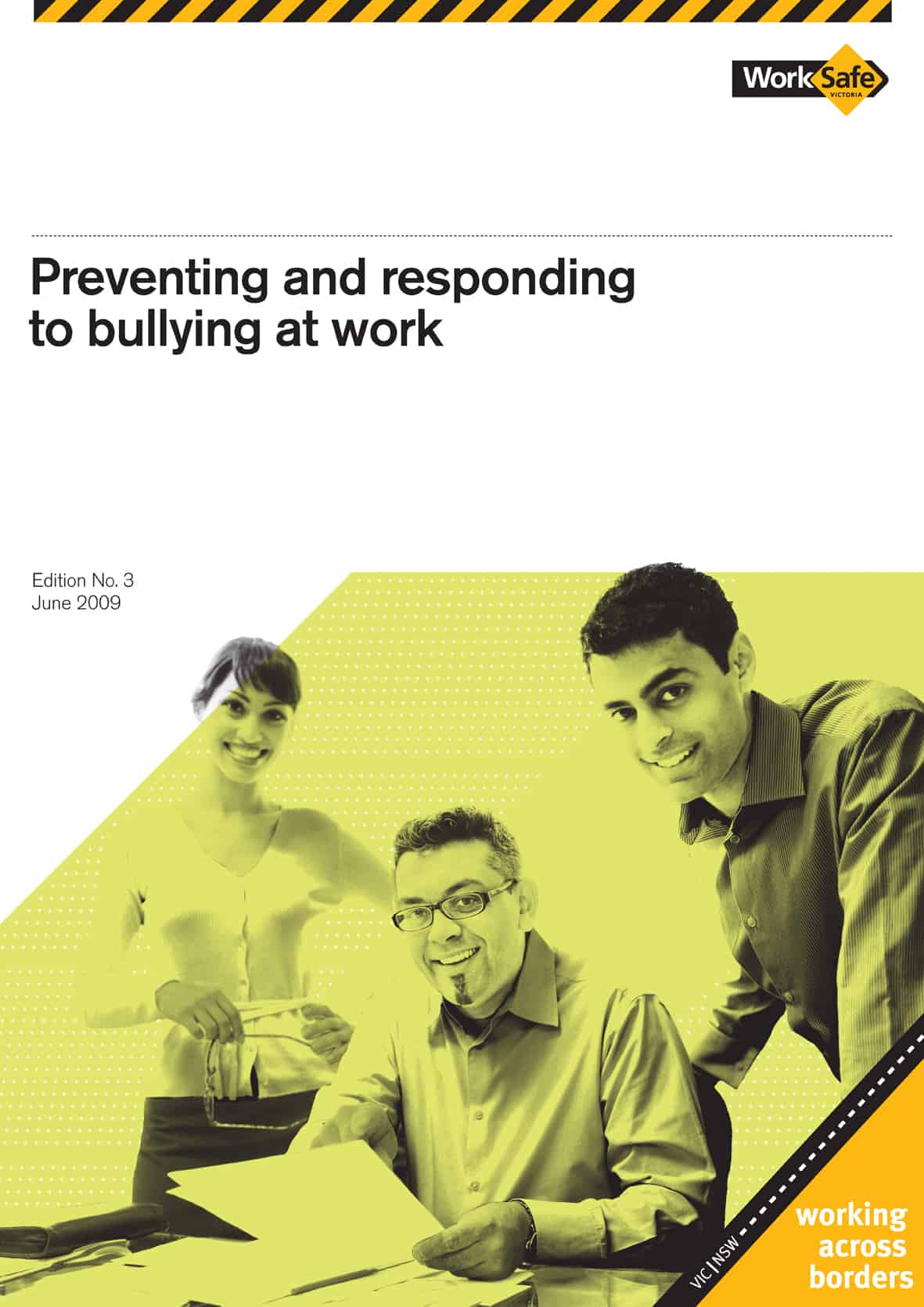If Victoria is the jurisdiction with the least changes needed to meet the new Work Health & Safety Act, it is worth looking at a recent enforcement activity. On 21 April 2010, WorkSafe Victoria announced an enforceable undertaking with the Department of Education & Early Childhood Development (DEECD).
According to the WorkSafe media release this agreement
“…requires all equipment in woodwork, metalwork and automotive secondary school classrooms to be audited by the end of the year – including equipment like planers, grinders and drills. Equipment which isn’t safe will be removed from use immediately or repaired, and all equipment will be recorded on a centralised register……
The undertaking also requires the DEECD to implement health and safety management systems across all secondary schools, which will be audited annually by specially trained staff members and overseen by WorkSafe.”
This undertaking implies that some schools did not already have an OHS management system or that some had not maintained the system in place at the time. There are thematic similarities with the Orewa College explosion and prosecution in New Zealand in 2009. Continue reading “Is the Education Dept getting off lightly?”

